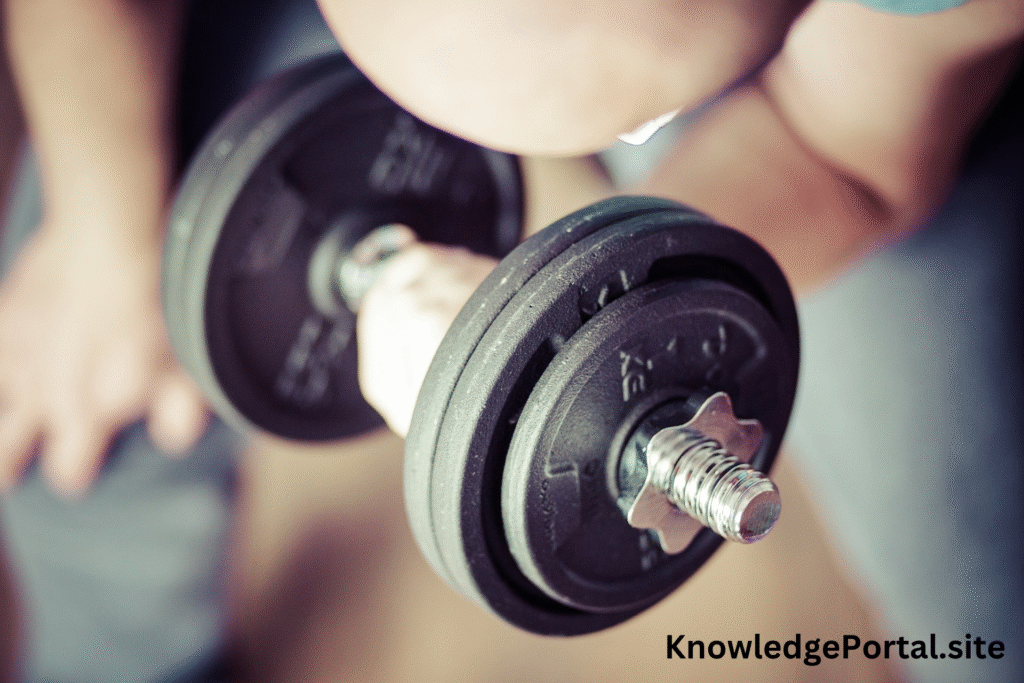Teachers, coaches, and parents trying to foster health, teamwork, and motor skill development independent of the season depend on indoor physical education games as indispensable instruments. Whether for rain, harsh weather, or lack of outside space, these games offer interesting, active substitutes for conventional PE lessons as the demand to keep kids active indoors grows.
The greatest indoor physical education games, their advantages, and how to include them into home and educational environments for optimum involvement and physical development are discussed in this book.
Why Indoor Physical Education Games Matter
Growth, health, and learning of a kid depend on physical education. Still, access to outdoor areas can be sometimes restricted. Here is where indoor PE games find application. They guarantee that kids stay secure and active in an indoor environment while nevertheless allowing them to keep developing socially and physically.
Main advantages of indoor physical education games include in:
Encouragement of cardiovascular health
Boosting flexibility, balance, and coordination
Promoting collaboration and group efforts
Encouragement of classroom conduct and mental concentration
engaging in physical activities entertaining and interesting.
Top 10 Indoor Physical Education Games
Ten tried-and-true indoor physical education games fit for gyms, classrooms, and even homes are below.
1. Sharks and Minnows
Adapted for compact areas, a traditional tag game is Sharks and Minnows. While most participants are “minnows,” one or two start as “sharks.” The minnows have to cross the classroom or gym without being tagged.
Developed skills include speed, agility, spatial awareness.
Perfect for elementary and middle school kids
2. Sites for Musical Fitness
Around the room, lay down poly spots or tape markers. Every area corresponds to a certain exercise—jumping jacks, squats, lunges). Play music as students move about; when the music stops, they engage in the activity closest to that point.
Developed: listening, coordination, cardiovascular endurance
Perfect for everyone of any age.
3. Stationations for Fitness Circuits
Arrange many stations around the room with different exercises—such as push-ups, sit-ups, high knees. Turn pupils through each station for a timed interval.
Developed skills are muscular endurance and general fitness.
Perfect For: Middle and high school students
4. Indoor Obstacle Course
Use gym mats, cones, jump ropes, and balance beams to create a mini indoor obstacle course. Students can race or go through it for time.
- Skills Developed: Balance, coordination, agility
- Ideal For: All age groups

5. Volley Using balloons
Across the room, thread a net—or a piece of tape—then substitute a balloon for a volleyball. Teams strike the balloon back and forth without allowing it to land itself.
Developed: cooperation, hand-eye coordination
Perfect For: Kindergarten through fifth graders
6. Parachute Games
Students engage in several activities including mushroom, wave, and trade locations using a big gym parachute.
Developed skills include cooperation and upper-body strength.
Perfect For: elementary school pupils
7. Cricket Soccer
Students use a soft ball to try to score goals while moving in crab-walk stance. For indoor gymnasiums with room, this is fantastic.
Developed Skills: Coordination, core strength
Perfect for elementary and middle school students.
8. Simon Says – Edition on Fitness
“Simon says do 10 jumping jacks” is one of the physical exercise instructions he offers. Students have to freeze if Simon does not say “Simon says.”
Developed skills include reflexes, listening, fitness.
Perfect for everyone in all ages.
9. Challenge on Hula Hoops
Ground yourself with hula hoops. Give every hoop a movement choreography. Students find a hoop when the music stops and finish the challenge.
Developed skills include coordination, motor planning.
Perfect for: younger kids
10. Freeze-dancing
Turn on lively music and have pupils move. They have to stop exactly when the music stops. Fun, inclusive, and active this game is.
Developed skills are rhythm, balance, self-regulation.
Perfect For: Every level of education
Equipment for indoor physical education games
Although many indoor PE games may be played with little equipment, having a few basic items improves the experience:
Markers and cones
Beach balls, or foam balls
ParACHUs
Poly dots
Hoops for hula dances
Opposition bands
Mats and balance beams
Bluetooth speaker for musical purposes
Conclusion
Even when outside activities aren’t feasible, indoor physical education games provide a dynamic, flexible approach to keep kids moving and learning. These games can offer hours of fitness-oriented enjoyment whether your role is parent searching for active indoor play ideas or teacher supervising a PE class in a gym.
Indoor physical education games may equal their outside equivalents in both excitement and efficacy with the proper mix of originality, safety, and participation. Roll out the mats, set up the music, and then let the inside action start!